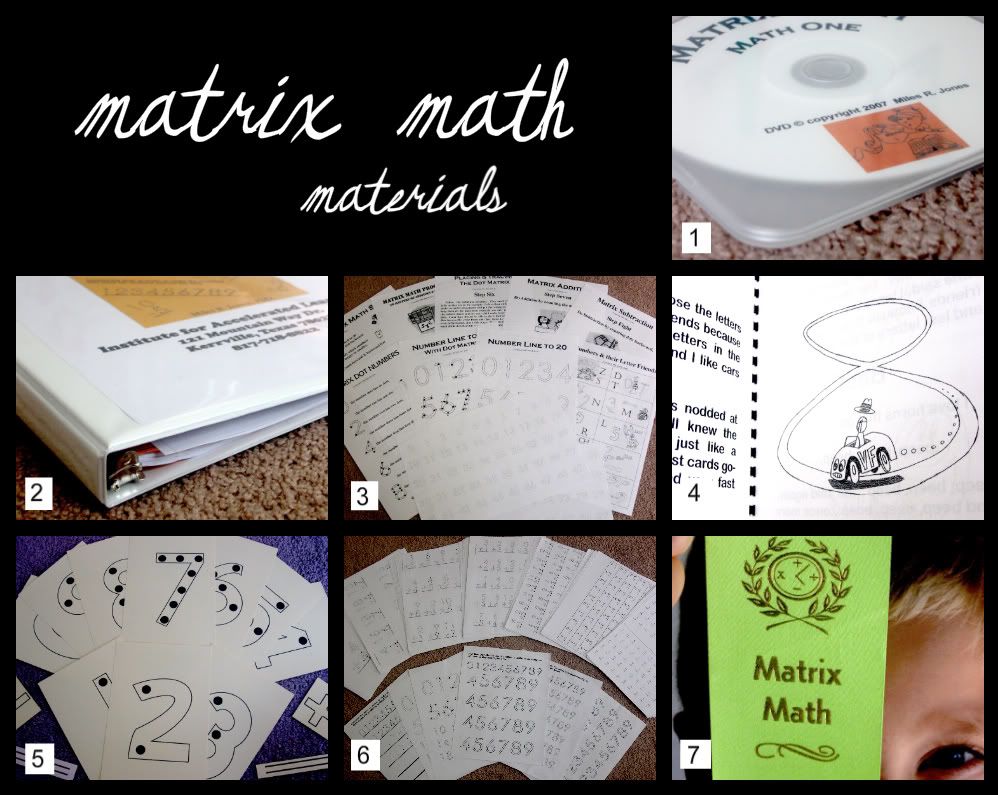
I have heard of the program "Time 4 Learning" on many a homeschool blog over the past few years, but never really considered it for our family. The main reason for this was because it is a subscription-based monthly membership, and I am somewhat of a tightwad and try to get resources for free as much as possible.
But my perspective is changing.
This past school year, Hunter has been using Study Island, which was paid for through a charter program we tried. Study Island is essentially online test-prep, where kids answer test-style questions and then get to play a brief game each time they get the answer right. Hunter really enjoyed it, and I began to see a lot of value in this type of program.
For one, all of the "key" skills for language arts and math were covered and he could get practice in them to ensure mastery. We tend to be all over the place sometimes in our studies, so it was helpful to know that he was getting the basics, and we could truly say he had "passed" such and such grade.
Another benefit was that he really enjoyed it. Like most kids, he loves using the computer, and the cute little games were a nice motivator. Thirdly, I didn't have to plan it, and progress was automatically tracked for me. One less thing to do in my busy schedule.
However, we are not doing the charter program next year, and when I looked into purchasing an individual subscription, I found that it was $60 per year, per grade level. Not a bad price for a year. But, our unique issue was that it only included one grade level. And as some of you know, Hunter is all over the board in "grade level" ability and I wanted him to be able to work at his own individual pace in each subject, and to progress faster than one grade per year.
So, the Time 4 Learning name that I had heard so many times came to mind. And, quite conveniently, they had just contacted me a few weeks ago asking if I wanted to do a review. How convenient!
Looking into the program, I am so far thoroughly impressed. Time 4 Learning can actually be used as a complete homeschool curriculum for language arts and math (grades Pre-K through eighth). And, an important issue for me, all of the grade levels and activities are available to your child, so Hunter can work at whatever grade level suits him and progress through the grades at his own speed.
Time 4 Learning also has what looks like a great science program (grades 1-6) and social studies program (grades 2-7). One year of high school algebra is also included.
I am looking forward to the possibilities this program might open up for us. I intend to use it as a supplement to other studies and resources, but it is looking like it will be a very valuable supplement. And might just be able to give me the peace of mind knowing that all of the "key" issues in each grade are mastered so we can have fun exploring everything else.
So, now for the disclosure:
I've been invited to try Time4Learning for one month in exchange for a candid review. My opinion will be entirely my own, so be sure to come back and read about my experience. Time4Learning can be used as a homeschool curriculum, for afterschool enrichment and for summer skill sharpening. Find out how to write your own curriculum review for Time4Learning!Hope to see you all back in a few weeks when I will write a full review of how the program is working for us!
P.S. Have you used any online programs that have been valuable to your child's learning, membership-based or otherwise? I would love to hear about them.
"Thou hast heard, see all this; and will not ye declare it? I have shewed thee new things from this time, even hidden things, and thou didst not know them."
Isaiah 48:6
Hunter is 7 years, 1 month old (Grade 1)













